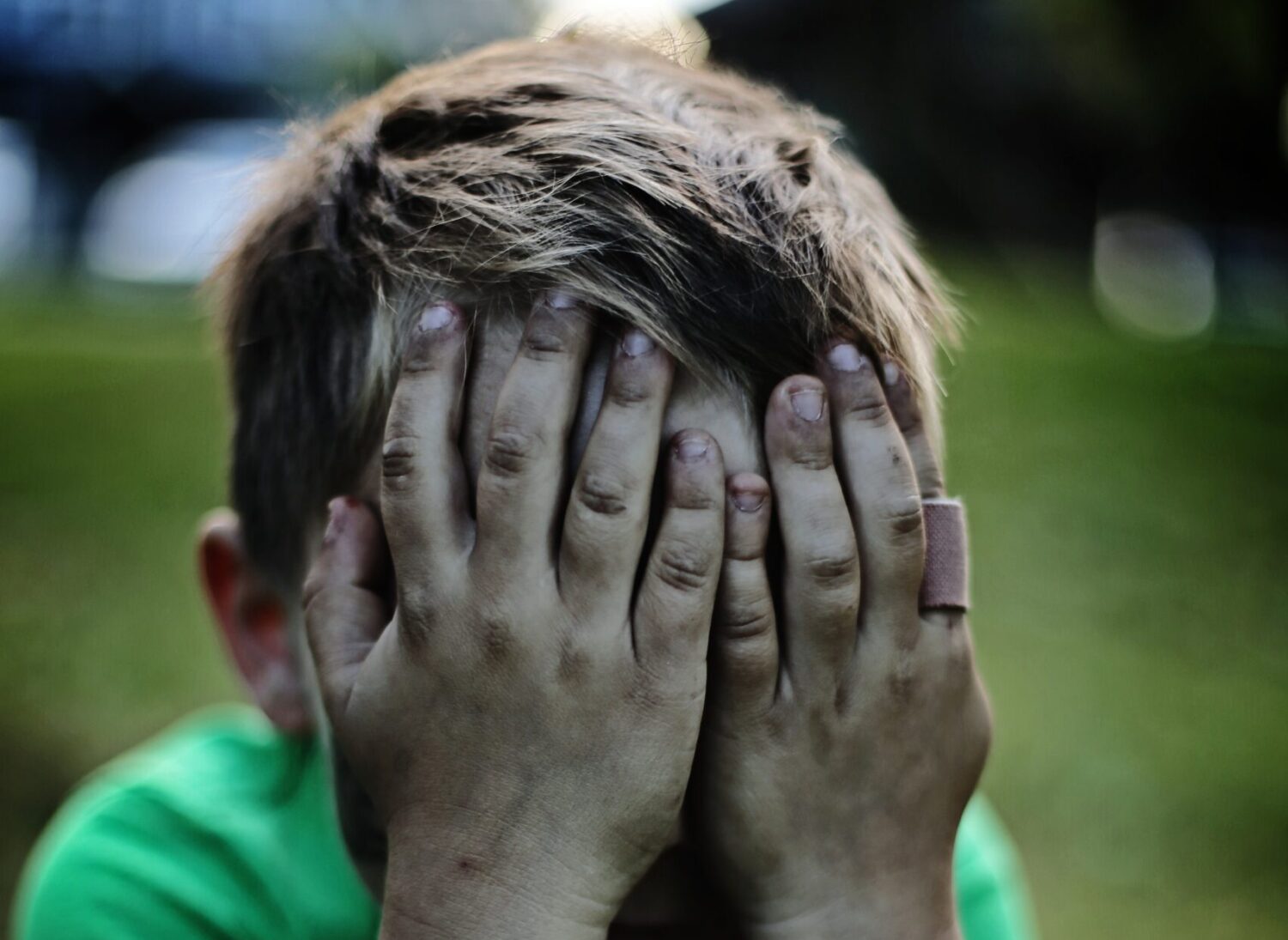6 Types of Cancer that Develop in Children
Cancer is a most dangerous and life threatening disease that affects all age group, including children. While it may be difficult to imagine children being diagnosed with cancer, it is important to be aware of the different types of cancer that can develop in children. We make sure you don’t have to go through a long technical block of words. Instead, we try to present the information as much simple as possible. So let’s get started.
Types of Childhood Cancer
1. Childhood Leukemia
Childhood leukemia, a prevalent form of cancer in children, disrupts the normal functioning of the blood and bone marrow. This cancer, characterized by abnormal production of white blood cells, primarily affects children.
Acute lymphoblastic leukemia (ALL) and acute myeloid leukemia (AML) are the two main types of leukemia affecting children. Common symptoms associated with leukemia include:
- persistent fatigue
- pale skin
- increased susceptibility to infections
- a tendency for easy bruising or bleeding
2. Brain and Central Nervous System Tumors
Do you know which is the second most common type of cancer in children? Guess what, its tumor is related to the brain and central nervous system. These tumors can significantly develop in various parts of the brain and spinal cord.
Symptoms may vary depending on the location and size of the tumor, but common signs include:
- headaches
- seizures
- balance problems
- changes in behavior or personality
Treatment options available for brain tumors are radiation therapy, chemotherapy and surgery.
3. Neuroblastoma
Neuroblastoma, a cancer originating from nerve tissue, predominantly affects infants and young children. Arising frequently in the adrenal glands atop the kidneys, this malignancy can manifest through various symptoms. These include:
- the presence of an abdominal lump or mass
- discomfort in the bones
- alterations in the eyes such as drooping eyelids or differing pupil sizes
The treatment approach for neuroblastoma may include surgical intervention, chemotherapy, radiation therapy, and immunotherapy.

4. Wilms Tumor
Wilms tumor is also known as nephroblastoma. It is a type of kidney cancer that primarily affects the children. It usually happens in kids aged between 3 to 4 years old.
Symptoms of Wilms tumor may include:
- abdominal swelling or a lump
- fever
- high blood pressure
Surgery, chemotherapy, and radiation therapy are some prime treatment options available for Wilms tumor.
5. Retinoblastoma
Retinoblastoma is a rare cancer that starts in a young child’s eye, usually before they turn 5 years old. It affects the retina, which is the part of the eye that senses light.
Signs of retinoblastoma can include:
- a white shine in the pupil
- eyes that don’t line up
- redness or swelling in the eye
Doctors treat retinoblastoma with surgery, chemotherapy, and radiation therapy.
6. Osteosarcoma
Osteosarcoma is one of the most common types of bone cancer that commonly affects adolescents and children. It usually develops in the long bones, such as the arms or legs.
Symptoms of osteosarcoma may include:
- bone pain
- swelling
- fractures
Treatment availability for osteosarcoma generally includes chemotherapy, surgery and radiation therapy.
FAQs
What are the warning signs of childhood cancer?
The warning signs of childhood cancer can vary depending on the type of cancer. Some common warning signs include:
- unexplained weight loss
- persistent fevers
- unusual lumps or swellings
- frequent headaches
- bone pain
- changes in vision
It is important to consult a healthcare professional specially cancer specialist if any concerning symptoms arise.
What is the survival rate for childhood cancer?
The survival rates for childhood cancer have improved significantly over the years due to advances in medical technology and treatment approaches. The survival rate varies depending on the type and stage of cancer, as well as individual factors. It is essential to consult with healthcare professionals for accurate and up-to-date information on survival rates.
When is childhood cancer awareness month?
Childhood Cancer Awareness Month is recognized globally in September. Throughout this month, various organizations and communities raise awareness about childhood cancer, advocate for increased research funding, and support families and children affected by the disease.
What are the main symptoms of childhood cancer that should not be ignored?
- Sudden weight loss
- Continuous and unexplained pain, such as headaches or bone pain
- Unusual lumps or swelling in the body, particularly in the abdomen, neck, or groin
- Recurrent fevers or infections
- Continuous fatigue or unexplained tiredness
- Changes in vision, such as blurred vision or unexplained eye redness
- Sudden bruising or bleeding
- Changes in bowel or bladder habits
- Unusual vomiting or nausea
- Changes in balance or coordination
Sources:
https://www.cancer.org/cancer/types/cancer-in-children/types-of-childhood-cancers.html
https://www.cancercenter.com/cancer-types/bone-cancer/types
https://kidshealth.org/en/parents/cancer-leukemia.html
https://cancer.org





